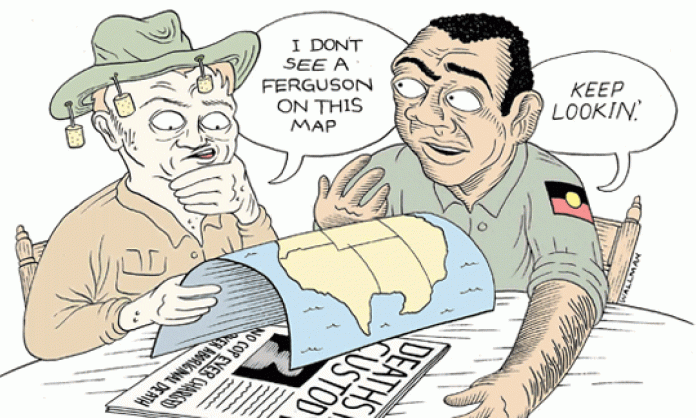Like many others, Lorna Cubillo, now 76, spent time in Darwin’s Retta Dixon Home for Aboriginal Children. Her “house parent” groped her and beat her when she refused to clean his residence.
“He hit me on the legs, hands and back. He hit me with the buckle end of the belt and it cut me on my breast, near the nipple”, she said.
Her friend Ruth was chained, fed on the ground and forced to use a bucket for a toilet. “Ruth used to have fits and was chained up with a dog chain to her bed because of the fits. [She] often had bad chafing around her ankle where the chain would rub.”
Cubillo’s testimony comes from a public hearing of the royal commission into child sexual abuse. The commission’s interim report reads like a horror story and shows that the assaults she and Ruth endured were typical of sadistic acts against Aboriginal children.
Routine brutalities committed in the home, which are now on the public record, include tying children to clotheslines, rubbing faeces in their faces, burning them with hot water, flogging them with hoses, raping and sexually assaulting them.
From 1946 Retta Dixon became one of many “homes” in which Aboriginal children forcibly removed from their families (another act of institutionalised racism) were interned and brutalised.
Aboriginal and Torres Strait Islander people are overrepresented as victims of sexual abuse in institutional settings. Testimonies from survivors speak of trauma, lifelong injury and disability, poverty, incarceration, mental illness and an ongoing sense of loss.
And they speak of rage, as well they should. This particular home was closed more than three decades ago, but institutionalised racism in Australia continues. It is violence writ large.
Aboriginal languages are being erased deliberately through government education “reforms”. Aboriginal land is stolen and handed to big business. Aboriginal children are removed by “protective services” at a rate that now surpasses that of the Stolen Generations – in NSW, one out of every 10 is in state custody.
They are assaulted by police, tasered, medicated and killed in jails at a rate higher than any other group. The incarceration rate here is higher than it was for Blacks in South Africa during the apartheid era. The National Law Council calls it a “national emergency”.
When those in its firing line protest and even riot, as they did in 2004 both on Palm Island in the wake of Mulrunji Doomadgee’s murder in police custody and in Redfern after teenager T.J. Hickey was impaled on a fence, the world should stand with them just as so many now stand with Ferguson, Missouri.





